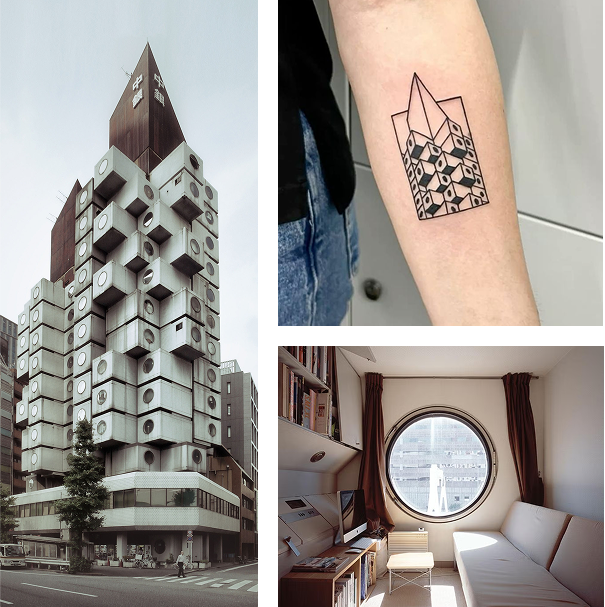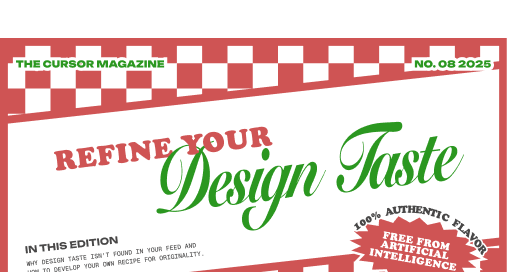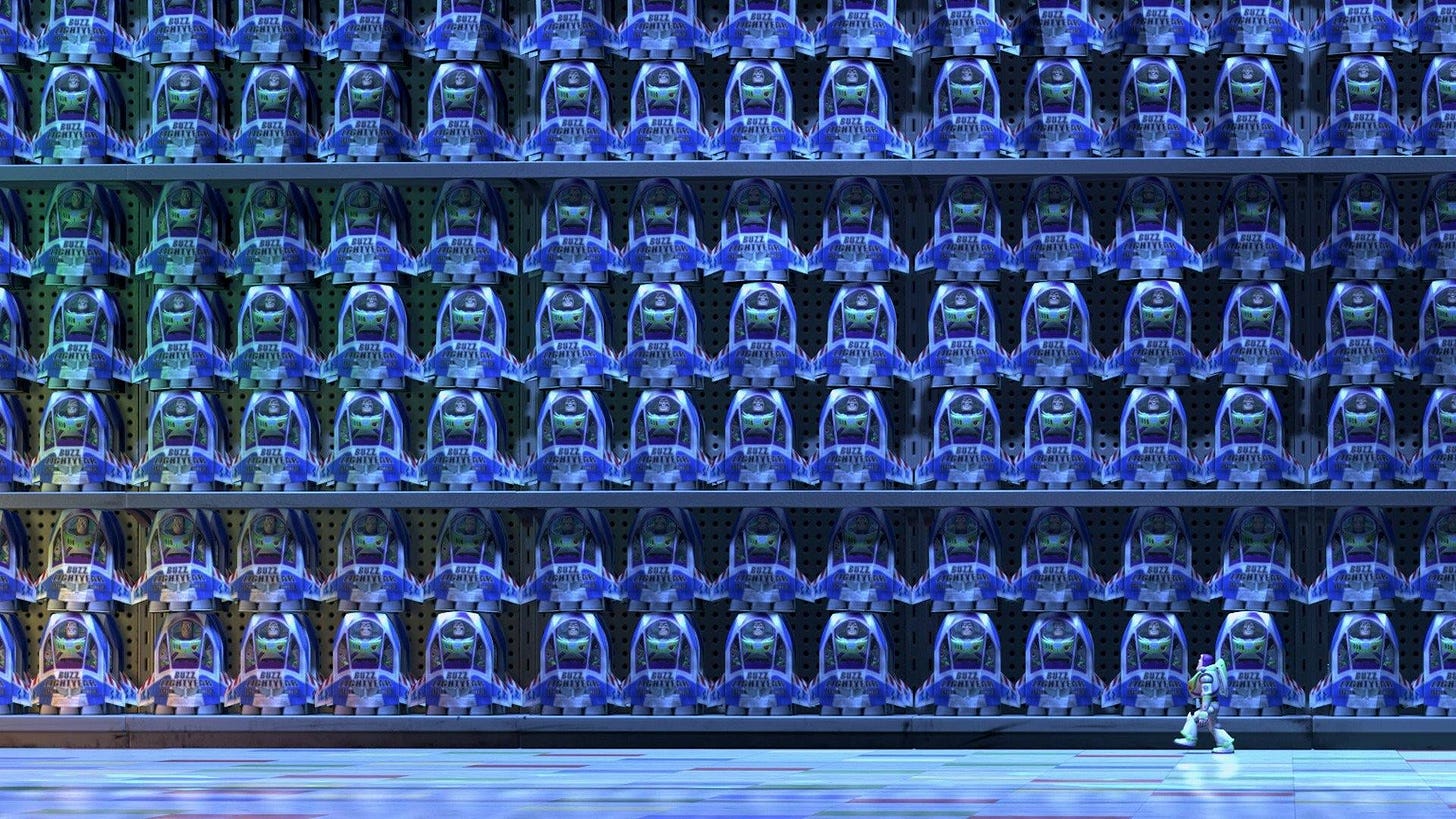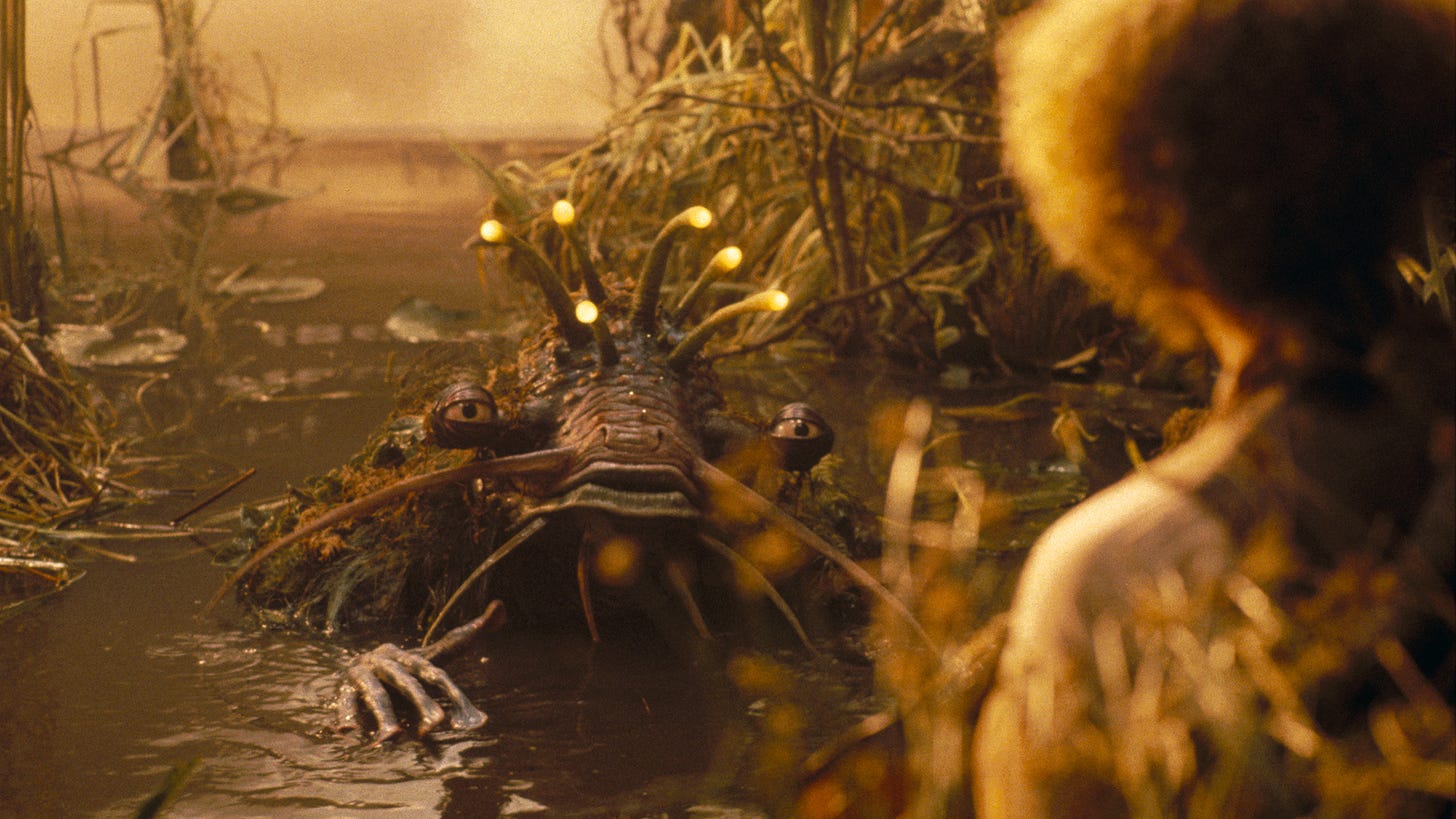Hi, I’m Maureen. I work as a product designer and design educator. The Cursor Magazine is my online publication on design and career.
The action figure trend among designers on LinkedIn from a while back reminded me of the scene in Toy Story 2, where the “real” Buzz stumbles upon an aisle in Al’s Toy Barn filled with dozens of identical space rangers and painfully realises he’s not as unique as he thought.
The first few action figure posts on LinkedIn were fun. But by the fifth interpretation, it already felt dated and stale. It was no longer special but instead felt like slop made for clicks instead of craft.
That trend stuck with me. If we’re all remixing the same things, how do we develop actual taste in design? How do we find a voice that sounds authentically ours?
You can’t scroll your way to good taste
Our industry talks so much about the importance of having good taste, yet rarely helps us find our own voice as designers. The quality of our work is judged on its feasibility, scalability, profitability. Authenticity and originality have no place. After all, we’re not artists, are we?
The expectations that are placed upon us as designers are full of contradiction. We’re told to not reinvent the wheel, yet are expected to predict tomorrow’s landscape. We’re told to stay consistent, follow patterns and build systems, though the outcome of our production should bring innovation, surprise and delight.
We’re told to not reinvent the wheel, yet are expected to predict tomorrow’s landscape.
We study what’s already out there, hoping it will help us grow our eye for good design. We dutifully study patterns and flows on websites like Mobbin and Pageflows. We read the 2049604th take on Apple’s liquid glass or Airbnb’s new icons. We keep an eye on Dribbble to keep up with whatever’s trending. We watch every keynote, every product launch, afraid to miss a shift.
We hope that by meticulously curating our feeds we’ll develop good taste by osmosis. The more we see, the better we’ll know. The problem with this is that we’re looking to find something unexpected in a place that’s all too familiar. Today’s internet promises an endless buffet of newness but only serves sameness.
Websites, apps, portfolios look and feel the same. We’re given AI tools that enable us copy quickly, not create authentically. The less you there is in the result, the more it’s praised. The quality of AI-generated content is judged by how perfectly it mimics its source. Think about those “ghiblified” AI photos your parents sent you. The ones considered “good” were the ones that looked like actual stills from a Studio Ghibli film, not the ones that showed the creator’s own interpretation.
With all the means in our hands to (re)create quickly, it won’t be our craft that will set us apart from other designers - it will be our unique taste.
The internet won’t refine your taste
The way to finding my own voice in design and developing a taste that feels authentic to me was simple. I stopped looking for inspiration online.
Growing your taste is an act that requires effort and intention, not mindless media consumption. Analog media has become my main source of inspiration, because it isn’t dictated by algorithms. It has no built-in popularity filter. It doesn’t tell me what’s “good” but leaves the decision to me.
Books, packaging design, artworks, films. They resist skimming. They require patience and presence. That’s the point: taste is a muscle build by noticing, not by scrolling or blatantly coping. Developing taste isn't about collecting more inputs, it’s about sharpening your filter.
You won’t find your design voice online, but you might hear it speak to you when you visit a museum, take a walk through the park or skim through new publications in your local bookstore.
Three ways to develop my design taste

I love collecting zines. Not just for their content, but also because of their interesting use of compositions, color, typography and visual hierarchy.

A lot of my design values and mindsets is based on architecture, one of my main sources of inspiration. The Nakagin Capsule Tower building for example taught me that designing for scalability and flexibility can still offer room for unique solutions. I’m such a fan of this building, I even have a tattoo of it on my arm.
Old series and movies like The Storyteller or The Labyrinth managed to build convincing worlds through puppetry and their aesthetic still stand the test of time, even though we can such convincing CGI today. The lesson here? It’s not necessarily the newest technology that makes something look beautiful, it’s the imperfect human touch.
I’d love to hear from you….
How do you develop your taste in design? What sources of inspiration never let you down?
In the next publication: Reader’s Choice
The choice is yours! What would you like to read about in the next edition of The Cursor Magazine?







